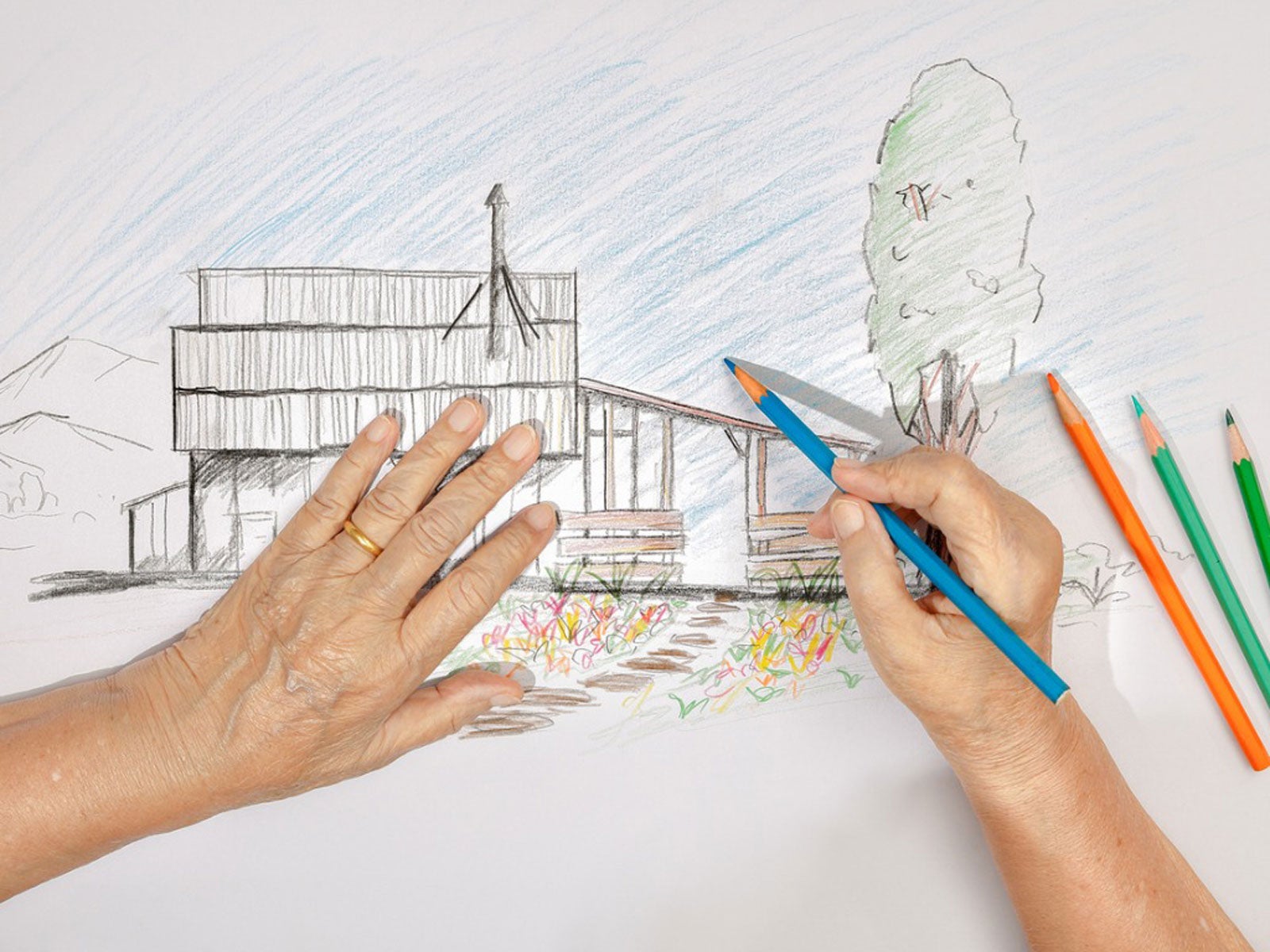Sketching In The Garden: How To Draw Your Garden


Drawing in the garden, or actually drawing your garden, can be a fun hobby. It can also be practical if you are designing a new landscape or want to get into botanical illustration or landscape design. It’s even a fun activity for the kids. Whether you are enjoying a new activity for fun or working toward a bigger goal, sketching in the garden requires just a few simple tools.
Sketching and Drawing in the Garden
To make garden sketches or drawings, it helps to have a background in art or to take a beginner class, but this isn’t necessary. Anyone can draw and it’s possible to get better at it with practice, even without expert training. Here are some of the basic tools you need to get started:
- Paper. Of course, you need something to draw on. If you are new to drawing, start with a good quality sketchbook with lots of pages you can practice on. For kids, any paper will do.
- Pencils. Believe it or not, there is more than one kind of pencil. To start out in drawing outside, buy a small set of drawing pencils that has three or four different types. Crayons or paints are good for kids.
- Eraser. You’ll also need a good eraser, not just for mistakes but for smudging and blending. Get one specifically for drawing in pencil.
- Easel or lap board. Until you are sure you enjoy this new hobby, you may want to try a lap board. Easels are costlier. A lap board will simply sit in your lap so you have a flat, stable surface for drawing.
How to Draw Your Garden
Of course, there really are no rules when it comes to sketching in the garden. You can draw whatever you want, what moves you or challenges you, from the entire space to individual flowers and details. Use color or black and white. Draw for detail or go abstract. But mostly have fun.
On a practical level, knowing how to draw a garden layout can help you with planning and design. Drawing perspective can be challenging, but anyone can learn do to it. The key to getting perspective right for a garden layout is to find the horizon line and vanishing point. You and the kids can even learn this together.
Looking at your scene, find the horizon line first and draw it as a horizontal line across your paper. The vanishing point, where all the perspective lines from foreground to background meet, will be on this line. Use any lines in your garden, such as walkways, or the edge of the grass, to sketch in these perspective lines to the vanishing point.
Once you have these, and it may take you a few tries, you can fill in all the details.
Sign up for the Gardening Know How newsletter today and receive a free copy of our e-book "How to Grow Delicious Tomatoes".

Mary Ellen Ellis has been gardening for over 20 years. With degrees in Chemistry and Biology, Mary Ellen's specialties are flowers, native plants, and herbs.